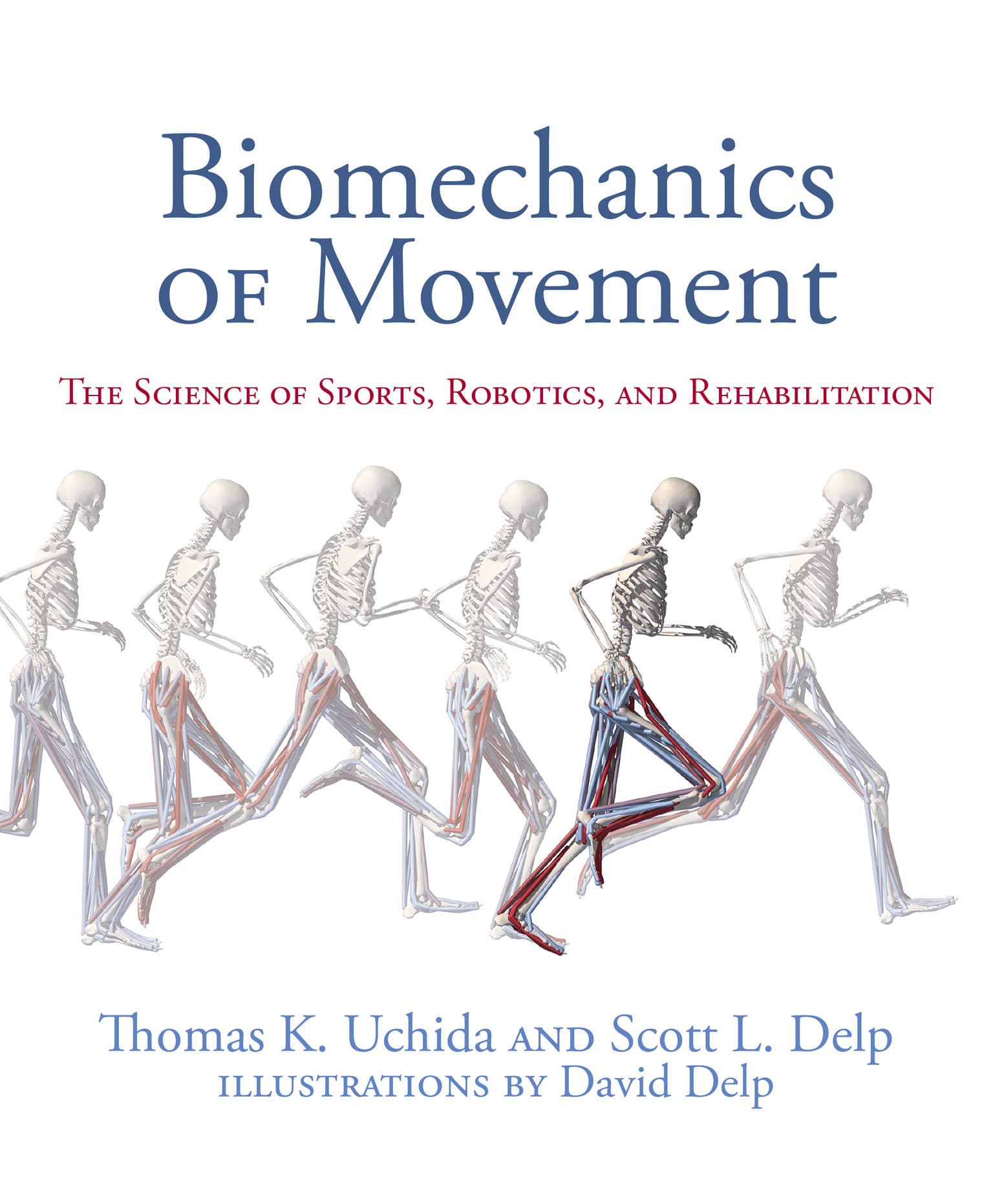Biomechanics of Movement: The Science of Sports, Robotics, and Rehabilitation
55.00 JOD
Please allow 2 – 5 weeks for delivery of this item
Description
An engaging introduction to human and animal movement seen through the lens of mechanics.How do Olympic sprinters run so fast? Why do astronauts adopt a bounding gait on the moon? How do running shoes improve performance while preventing injuries? This engaging and generously illustrated book answers these questions by examining human and animal movement through the lens of mechanics. The authors present simple conceptual models to study walking and running and apply mechanical principles to a range of interesting examples. They explore the biology of how movement is produced, examining the structure of a muscle down to its microscopic force-generating motors. Drawing on their deep expertise, the authors describe how to create simulations that provide insight into muscle coordination during walking and running, suggest treatments to improve function following injury, and help design devices that enhance human performance.Throughout, the book emphasizes established principles that provide a foundation for understanding movement. It also describes innovations in computer simulation, mobile motion monitoring, wearable robotics, and other technologies that build on these fundamentals. The book is suitable for use as a textbook by students and researchers studying human and animal movement. It is equally valuable for clinicians, roboticists, engineers, sports scientists, designers, computer scientists, and others who want to understand the biomechanics of movement.
Additional information
| Weight | 1.33 kg |
|---|---|
| Dimensions | 3 × 20.96 × 23.65 cm |
| PubliCanadanadation City/Country | USA |
| by | |
| format | |
| Language | |
| Pages | 400 |
| publisher | |
| Year Published | 2021-1-12 |
| Imprint | |
| ISBN 10 | 026204420X |
| About The Author | Thomas K. Uchida is an Assistant Professor in the Department of Mechanical Engineering at the University of Ottawa.Scott L. Delp is the James H. Clark Professor of Bioengineering, Mechanical Engineering, and Orthopedic Surgery at Stanford University.David Delp is a user experience designer, graphic designer, and illustrator in San Francisco. |
| Table Of Content | 1 First StepsPart I: Locomotion2 Walking3 RunningPart II: Production of Movement4 Muscle Biology and Force5 Muscle Architecture and Dynamics6 Musculoskeletal GeometryPart III: Analysis of Movement7 Quantifying Movement8 Inverse Dynamics9 Muscle Force OptimizationPart IV: Muscle-Driven Locomotion10 Muscle-Driven Simulation11 Muscle-Driven Walking12 Muscle-Driven Running13 Moving Forward |
Only logged in customers who have purchased this product may leave a review.






Reviews
There are no reviews yet.